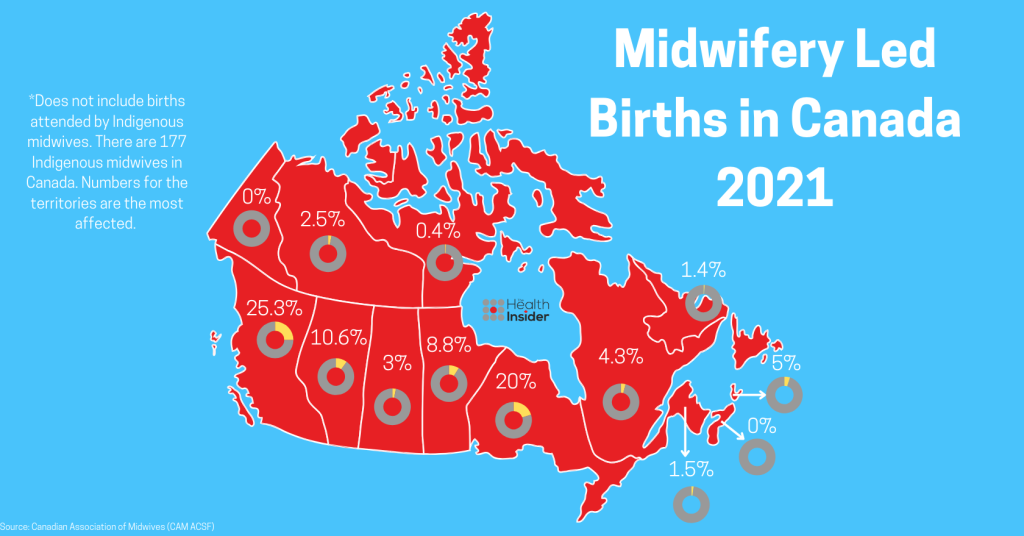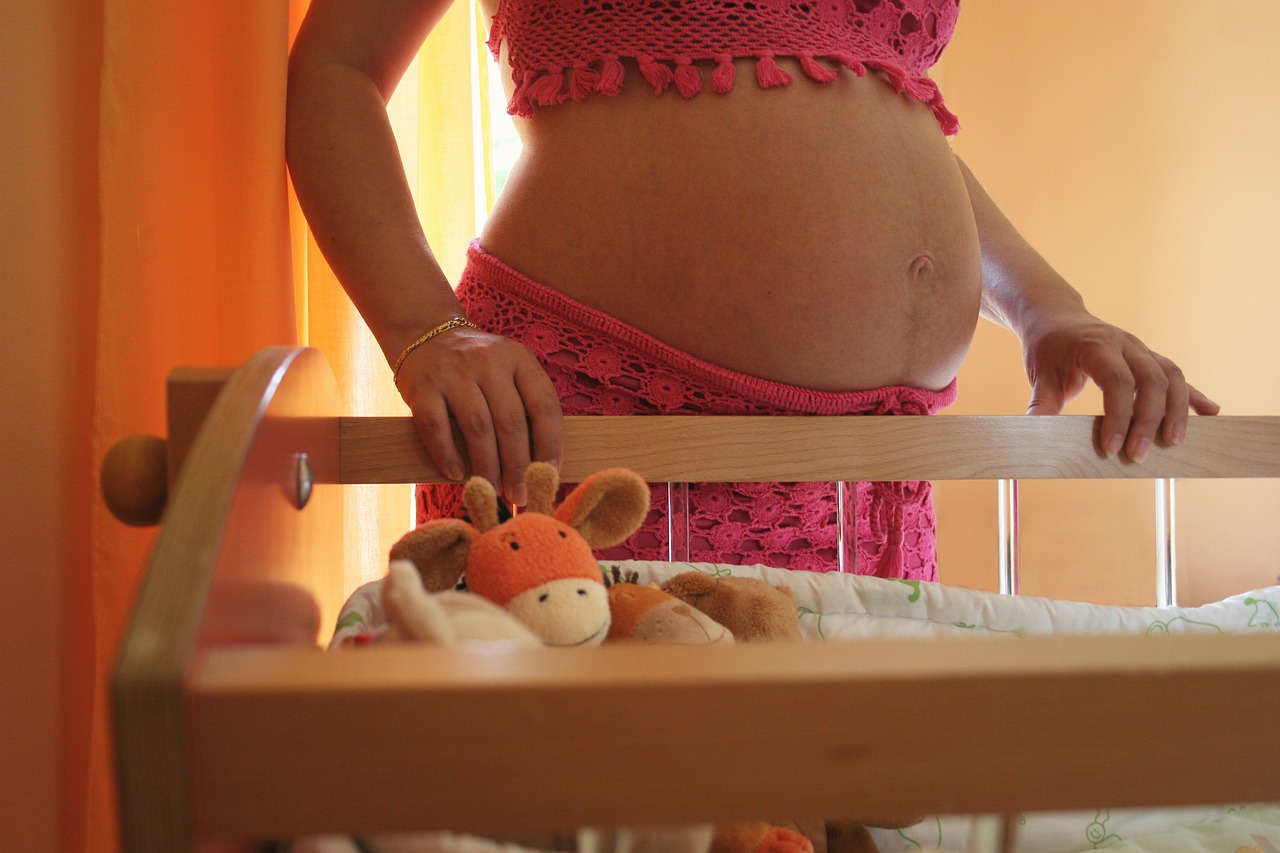A major life milestone, giving birth is a beautiful and miraculous event. Though fraught with challenges, women are known for their incredible ability to withstand the physical and enduring pain that accompanies the event, knowing that they will soon be embracing that bundle of joy in their arms.
But did you know that giving birth in a hospital with a doctor by your side is still relatively new? Until hospital births became commonplace in 1935, women relied on midwives.
Midwives date back to the Paleolithic era of around 40,000 BC, and have been an integral part of society ever since, although attendance has dropped since the hospital boom.
Midwifery came back into popular use in the 1970s during the feminist movement. “Women once again wanted to control their own childbirth experience,” Rutgers history professor Margaret Marsh said in an interview with PBS.
What is a Midwife?
Midwives are trained healthcare professionals who are experts in low and normal risk pregnancies and births. In Canada, up to 73 per cent of births are low risk.
In 2021, midwives were in charge of 13 per cent of Canadian births and assisted in even more. The last of the country to pass legislation, midwifery only became legal in the Yukon in 2021. On the contrary, just below them, British Columbia has the highest rates in Canada with 25 per cent of mothers opting for a midwife-led birth.

In Canada, we have two kinds of midwives: Registered Midwife and Indigenous (Aboriginal) Midwife. Indigenous midwives are more culture- centred and aim to respond to the unique needs of Indigenous Peoples which are rooted in community and tradition.
Those who choose to use a midwife would only need to see a physician if complications arise. In that case, your midwife might share care with a doctor or may transfer over your care completely. With an emphasis on the principle of choice, your midwife will discuss the situation with you to find the solution that works best for you.
Not everyone is comfortable only enlisting the care of a midwife. While both midwives and doctors are publicly funded healthcare options, women with low to normal risk births will have to pay out-of-pocket for a doctor if they have a midwife. The exception is when complications arise; then a physician will be added to your care team at no additional cost.
Midwives are not covered by provincial Medicare, but rather by the Ministry of Health. Even if you don’t have Medicare, there are no out-of-pocket costs for a midwife.
Midwives Center Comfort and Choice
The midwifery model of care in Canada is based on three main principles: continuity of care, informed choice, and choice of birthplace.
Midwives work in pairs or in teams. This allows them to be on call 24/7 while giving you the opportunity to get close with the people who will be delivering your baby.
Your midwives will be present for the whole process from pregnancy to postpartum. Good news for anyone without a family doctor, there is no referral required for a midwife. In fact, you can request care as soon as your pregnancy test turns positive.
Your team of midwives will guide you through routine tests, bloodwork, and provide emotional support to keep your mind and body healthy throughout pregnancy. You’ll continue to receive care for six to eight weeks after birth.
Promoting informed choices, your midwives can also help with education around lactation, nutrition for both baby and mother, and all things fertility. They’ll give you all the information you need to make your own choices about you and your new family’s future.
Giving Birth in Hospital
Unlike many of our current medical systems that are focused on treatment and view pregnancy and birth as events to be managed, midwives take a more natural approach and tend to be more open to other labour and delivery methods.
When presented with the choice, most people still gravitate towards hospital births, especially for the first child. Your midwife can follow you to the hospital and still be your main care provider. During delivery, a second midwife or a member of the hospital staff will assist (at no additional charge).
Some common reasons for wanting a hospital birth are feeling like it’s the safest place to be in case of emergency, the mother has an increased risk for certain complications, or wanting to be close to an epidural.
Though midwives can prescribe epidurals, they cannot administer them. If you want an epidural, you must give birth in a hospital.
Your midwife will recommend a hospital birth if you:
- Experience pregnancy related issues such as breech baby or high blood pressure.
- Have long-term health conditions like heart disease, bleeding disorders, diabetes, or seizures.
- Previously had birth complications like issues with your placenta or had a stillbirth.
- Are expecting multiples (twins, triplets, etc.)
Giving Birth at Home
The next most popular location to give birth is in the comfort of your own home. Of course, the biggest worry mothers-to-be face is a sudden complication arising during birth that threatens her and/or the baby’s life. Most midwives will encourage mothers to register at a hospital just in case there’s a need for a quick change in location.
It’s hard to determine health outcomes of women who planned to give birth in hospital vs. women who planned to give birth at home. With too many variables and possible bias, researchers are uncertain where the safest place to give birth is.
Both the hospital and home have pros and cons; discuss what these are with your midwife to learn which option you feel the most comfortable pursuing.
Giving Birth at a Birth Centre
Your last possible birth location is a birthing centre. These centres tend to be more inclusive spaces for racialized/minority groups who may be uncomfortable in a hospital setting.
A birth centre is the perfect location for mothers-to-be who aren’t quite on board with the idea of a home birth, but want a less medical-feeling environment.
Your midwife will support you in incorporating non-traditional birthing methods, like a birth sling, culture, and traditions into your labour. In Ontario, 84 per cent of mothers said they would give birth in a birth centre again.
Unlike a hospital, birthing centres have no limit on how many visitors you can have at a time. The choice is completely up to the new family and they can stick around for the delivery if mom’s comfortable. Otherwise, they have amenities for your guests to enjoy until they’re invited back.
There are limited birthing centres in Canada. Check if there is one in your area.
Your Choice
There are a lot of decisions to be made when starting a new family. Midwives are around to help provide support but also to give you all the information you need to make the best choices for you and your family. Afterall, mother knows best.
Here at The Health Insider, we wish you the best of luck on your birthing journey!
The information provided on TheHealthInsider.ca is for educational purposes only and does not substitute for professional medical advice. TheHealthInsider.ca advises consulting a medical professional or healthcare provider when seeking medical advice, diagnoses, or treatment. To read about our editorial review process click here.










